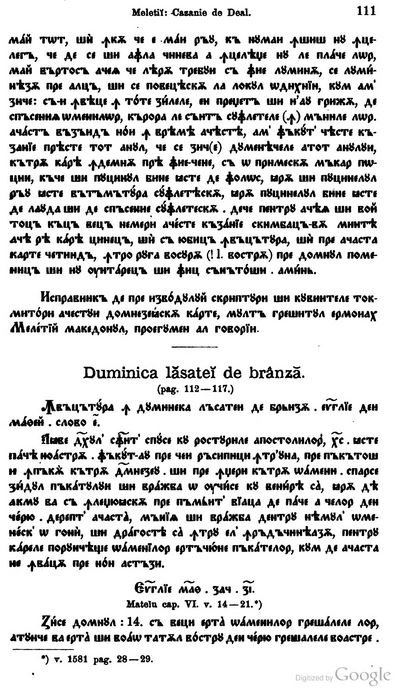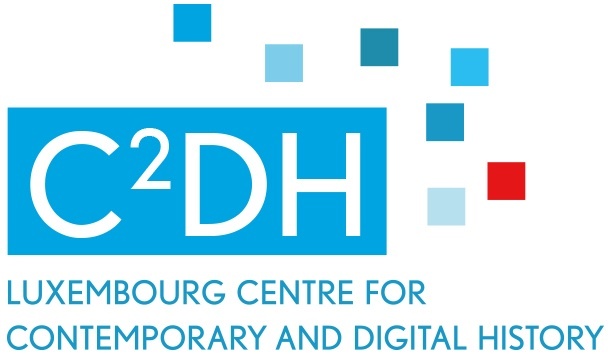After the lecture of Prof. Dr. Wolfgang Dahmen on 14 November 2019, we discussed how the humanities have the potential to enhance conventional methods of analysis and scientific display in scholarly editions of philological texts and low-key languages.
It would be interesting to investigate how digital humanities and computational methods, as well as digital publishing and display can update and upgrade certain traditional publications. In other words, how can the combination of scholarly editions and digital interfaces be an ideal tool for modern users?
As a fitting example, we chose the Romanian Chrestomathy of Moses Gaster published in the late nineteenth century. The copyrights of the two-volume book expired and the publication was digitised to reach a wider audience. A chrestomathy is a type of publication very prominent in the nineteenth century, mostly for the study of Romance languages. The idea was to create a compendium of basic knowledge and methods to teach a language, its culture and its history in a single work.

The aim of our collaboration is to find out how to translate the principles of a chrestomathy into a modern format, which would profit the general and scientific public. Gaster’s chrestomathy is still the best way to study the development of the Romanian language, but it is inaccessible to a large audience due to the use of the Cyrillic alphabet for the older texts, with a few minor peculiarities for Old Romanian.1
So, in general, a digital critical edition of the Gaster Chrestomathy should address the needs of scholars of Old Romanian, who prefer the text in its typographic original, or at least as close as possible. Scholars of comparative Romance studies and historical linguistics need the linguistic data, but might not be able to read the old Cyrillic script. Historians might not even read Romanian, but might be interested in a certain text as a source for the area. They would need an accurate translation in a modern lingua franca. The general (Romanian) public could just be interested in the texts themselves. The digital critical edition therefore requires a modern Romanian translation that scholars of Romanian literature would also profit from. Hence, there would need to be four text versions: an original one, a transliterated version, and two translations.
A successful critical edition that addresses all possible audiences needs to incorporate these four text versions, as well as a digital facsimile of the original book. Additionally, it would need to link the texts with the grammatical and lexicographical data, as well as the general information on Romanian literature and culture represented in the original chrestomathy, for quick and easy cross-referencing.
From a technical point of view, comparisons to other digital scholarly editions, such as the Wulfila Project for Gothic texts, and the digital Raeto-Romance chrestomathy (crestomazia.ch) are feasable. Both, however, are not particularly intuitive to use.
A search query option should enable both the search of specific linguistic data and the search of text sorts, periods, or even the usage of cyrillic characters (which is very important for graphematic history as the chrestomathy also has texts from the transitioning periods, during which Romania switched to the Latin alphabet).
Lexical scholars want to spot the use and frequency of Slavic vocabulary in these texts, especially the elder loans. Linking data — be it linguistic, cultural or historical — on similarities inside the Balkan area will attract researchers of eastern Europe, especially Balkanists. Hence, a digital critical scholarly edition of Gaster’s chrestomathy makes an interesting case study on how to translate a nineteenth century idea into the twenty-first century with digital methods that go well beyond the means of a book.
The question arises how a digital edition of the Gaster chrestomathy can be built — interface and backend— that is both visually engaging, as well as up to the standard of a critical scholarly edition, with the possibility to be extended in the future. How we will address these issues will be published in a future blog post.


